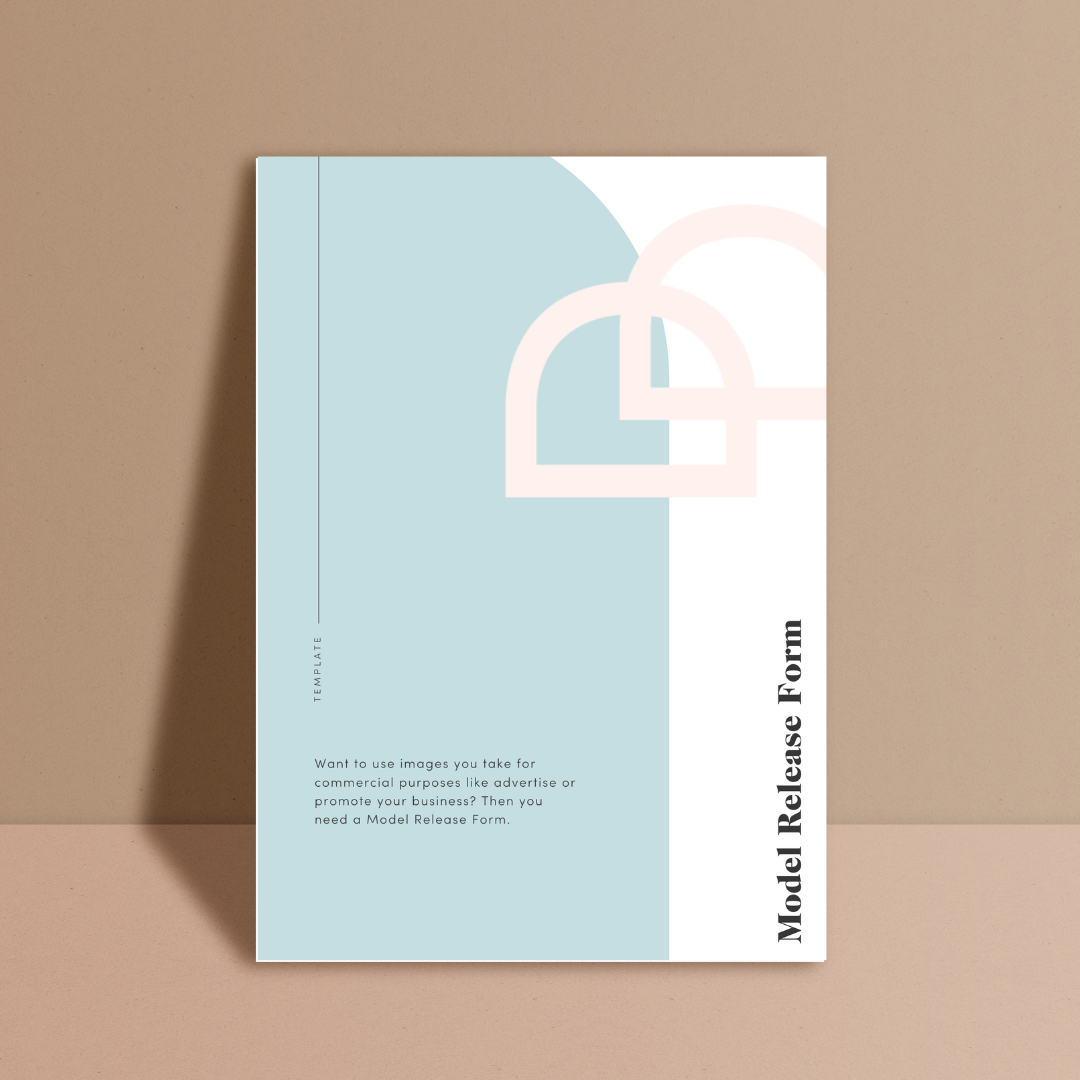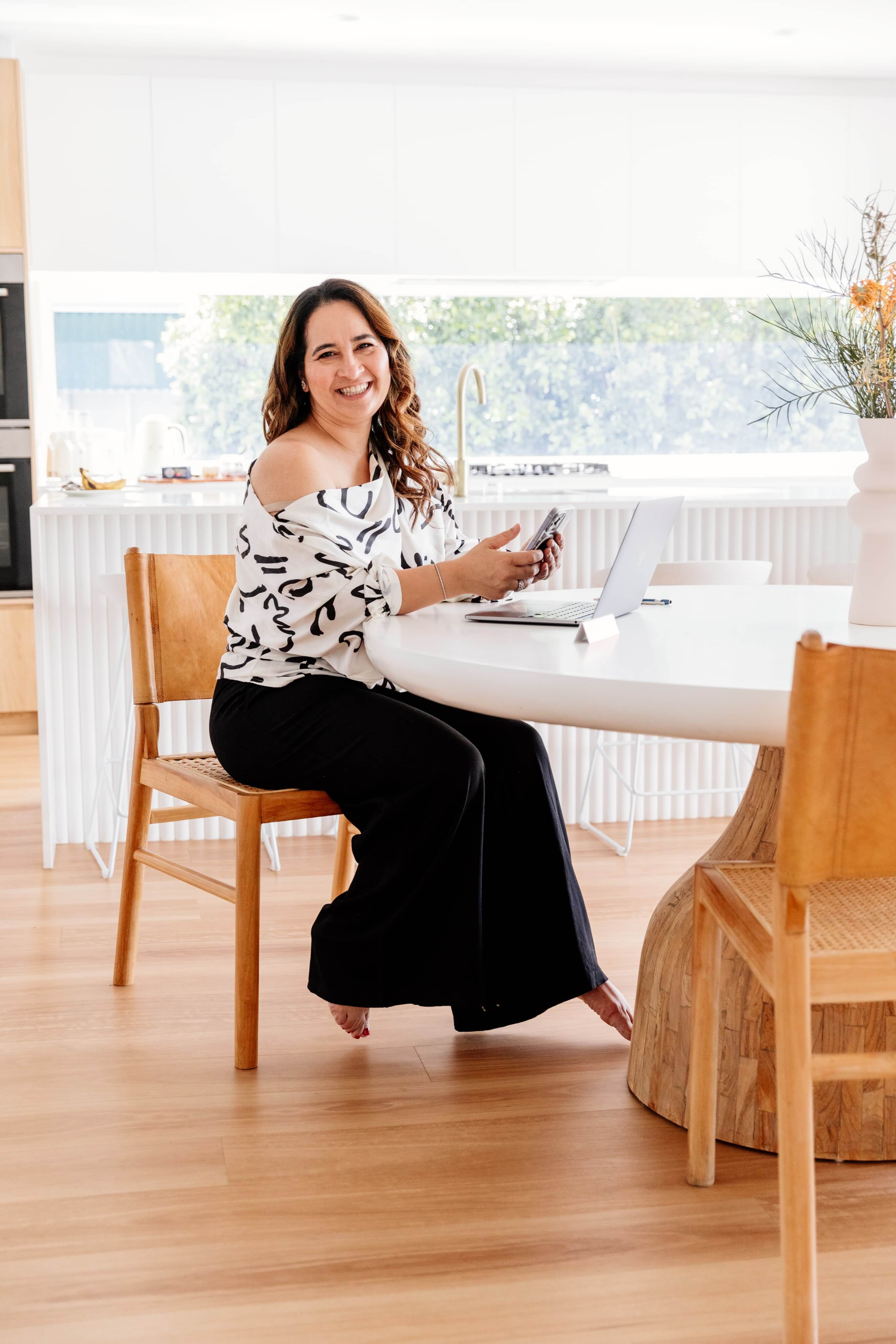Starting a business can be costly. You know that all too well, amiright? So, chances are, you’ve wondered about how to get your name trademarked… then looked at the dollars involved and told yourself, “Later… I’ll protect my growing empire later.”
We get it. The #startup budget. The lack of urgency. The “but it’s boringgg”.
In saying that, we also know all too bloody well how crucial it is to understand how to trademark a company name and logo in protecting that beautiful biz of yours.
Here’s your complete guide on how to get your name or logo trademarked.
How to get your name trademarked
You’re a savvy creativepreneur. So, you know you want – nay! – *need* a trademark.
Because if a copycat swoops in to swipe your intellectual property, you’ll have the right to take legal action to prevent it.
But when it comes to how to get your name trademarked, you’re a little unsure.
Luckily for you, we’re here to show you how to trademark a company name and logo, so you can dive right in and get legally legit.
1. Check that the name or logo isn’t already being used by someone else
Before you apply for a trademark, it's important to make sure the business name or logo you want to use isn’t already being used by another business.
Check this out with a simple search of IP Australia's database of registered trademarks.
If the name already appears on the register, you’ll need to dig a little deeper to see if it is in a similar class of goods or services for which you were going to offer with that same trademark.
Psst… See step two for more information on trademark classes.
If there isn't anything on the register, hold off on the celebratory champers for a minute. This may mean your proposed mark isn’t actually capable of being registered.
Why? Because some words commonly used within an industry can’t be registered (unless they’re accompanied by other distinctive terms, in some cases).
This is because other traders will need to use them. For example, “real estate agent” or “graphic designer”.
2. Choose the correct trademark class
Trademarks are categorised into 45 different classes. Classes 1 to 34 are for goods, and 35 to 45 are for services. Here’s the lowdown on class types.
You’ll need to choose the class or classes that best describe the goods or services your brand offers.
This is because:
- You won’t have the exclusive right to use (or ability to easily protect) your trademark for any goods and services that don’t appear in its listing
- If you don’t select the correct class, this may mean you have a registered trademark that does not sufficiently protect your brand from copycats
- IP Australia may reject your application if the wrong class is chosen – and if they do this, you could have to pay another registration fee to submit a new one.
3. Gather your trademark application information
The third step for how to get your name or logo trademarked is starting the application process.
To submit your application, you’ll need:
- To know exactly what you’re trademarking (whether that’s a word, phrase, logo, colour or smell) – note that each individual trademark needs its own application
- A high-res representation of your proposed mark (if it’s an image, like a logo)
- Information about the proposed trademark owner (this can be a person or a company) and their postal address for notices
- The appropriate class(es) that your trademark falls under
- Payment details for the application fees – IP Australia charges a fee per class per application
4. Wait for the trademark examiner to review your application
After you file your application, it’ll be reviewed by a trademark examiner. Because this is how to trademark a company name and logo in the Australian legal system.
The examiner will check to see if your trademark meets all the necessary requirements and that it doesn't infringe upon (i.e. is not identical or similar to) any existing trademarks.
This process takes 7–8 months in total (where it’s successful), but your registration will be backdated to your acceptance date.
If your application is approved, your trademark will be registered! Cheers to that!
If the examiner doesn’t approve your application, you will be issued with an Adverse Report, outlining the issues with your application.
There are many ways to respond to an Adverse Report, but this can add significant delays to your application (as you typically have up to 15 months within which to respond).
Let's face it, when we're talking about how to get a name trademarked, sometimes the most straight-forward way to get the job done is to outsource to the pros!
5. Monitor the register to make sure others aren’t using your trademark
Once your trademark is registered (yaas!), it's important to monitor Google, the Australian Securities and Investments Commission and the Australian Trade Mark Online Search System to make sure no one else is using your mark without your permission.
Also, be sure to use your trademark as it was intended, and in the identified goods and/or services classes, to avoid someone else applying to have it removed from the register for non-use. Yep, that’s a thing.
Keep in mind that your trademark will need to be renewed every 10 years to keep its listing (and protection) active. And maybe you trademark your company name now, and your logo down the track. The 10 year mark is a good reminder to revisit your business's assets!
OR skip these steps and hand your trademark application over to the pros!
Applying for a trademark can be tricky and time-consuming. The last thing you want is to file your application, pay the fee and receive a rejection. We know you’d much rather hit the town for a cocktail, or be rugged up on the couch binging Selling Sunset. (Or a combination of the two. This is a judgment-free zone.)
Cheers to you making your mark!
SIGN UP TO OUR FREE BUSINESS CHECKLIST
***Disclaimer. Please read!!***
This article is for general information purposes only and should be used solely as general guidance. It does not and is not intended to represent legal advice or other professional advice.
All rights reserved. © Foundd Legal Pty Ltd















